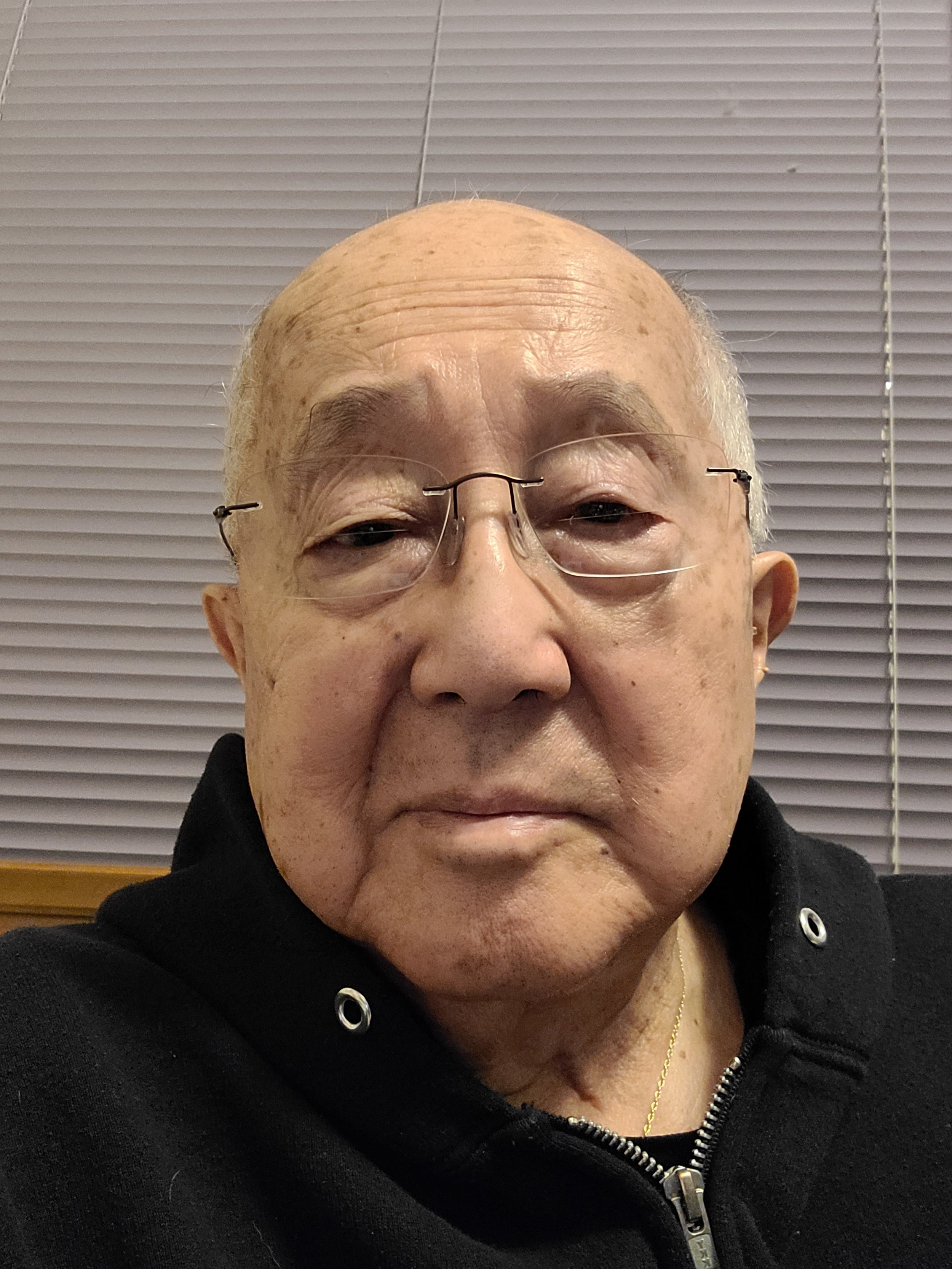Quotes from Survivors of Minidoka
Contact Robyn Achilles at info@minidoka.org or 208-278-6066 for interview requests
Mary (Tanaka) Abo
Survivor — Block 2, Barrack 2
“The spirit of all who were imprisoned in Minidoka can be felt and heard in the swirling sand.”
Family Story: Mary (Tanaka) Abo's family lived in Juneau, Alaska, where her father, Shonosuke, owned a cafe. During WWII, he was separated from his family and incarcerated at the Department of Justice camp in Santa Fe with other Alaskan Issei men. Mary's mother, Nobu; brothers, John and Bill; sister, Alice; were sent to Minidoka along with Alaskan Native wives and children. Mary's family returned to Juneau after the war.
Photos: Top - Mary (Tanaka) Abo, bottom - Mary (Tanaka) Abo with her mother, Magosuke Tanaka, at Minidoka. Photos courtesy of Mary Abo.
Lawrence Matsuda
Survivor - Block 26, Barrack 2
“We all got numbers, and we became numbers. We weren’t people anymore. We were numbers. One day my father was a respectable businessman. He had a family, a wife, a car, a place in this society. He could vote. Two weeks later, he was a prisoner in a camp surrounded by barbed wire…The damage was psychological. Here you were with people in various stages of grief. They were in anger, they were in denial, they wanted to prove their loyalty. They were grieving the loss of their lives, because their lives were stolen by the government.”
Family Story: Lawrence Matsuda was born in the Minidoka Concentration Camp during World War II. He is a poet/writer and his work includes Cold Wind from Idaho, Glimpses of a Forever Foreigner, and My Name is Not Viola. He served on the board of directors for Friends of Minidoka and has visited Minidoka at least seven times as part of the Minidoka Pilgrimage. The Idaho Statesman published Larry’s op-ed on Lava Ridge in February 2022 for the 80th Anniversary of the signing of Executive Order 9066.
Photos: Top - Lawrence Matsuda, bottom - Larry’s mother, Hanae Matsuda, Larry’s brother Alan Matsuda in front of Hanae, Larry’s cousin Arlene Nishimura Hee in the middle, other children unknown. Photos courtesy of Larry Matsuda.
Paul Tomita
Survivor — Block 12, Barrack 5
“Minidoka is ‘America's Embarrassment.’’’
Family Story: Paul Tomita and his family were forcibly removed from Seattle, Washington, in April, 1942, first incarcerated at Puyallup, Washington, Assembly Center, and then put on a train to the Minidoka/Hunt Camp, spending a total of 16 months in these concentration camps. Paul and his family were released on July 4, 1943 as Paul’s father began work for the Office of Secret Service (OSS) in Washington DC until the end of the war. Paul’s grandmother, Shigeno Tomita, was not allowed to leave Mindoka with his family because she was not a U.S. citizen. Because of discriminatory immigration laws which barred Japanese immigrants from becoming citizens until the 1950s, his grandmother could not become a naturalized citizen though she was a US resident for 35 years. Shigeno was incarcerated from April 1942 through October 1945.
Photos: Top - Paul Tomita, bottom - Door sign painted by Paul’s father on a piece of scrap wood found at Minidoka. It identified where Paul’s family lived in Block 12, Barracks 5, Section E. Families created these signs because all of the blocks and barracks looked the same. Photos courtesy of Paul Tomita.






